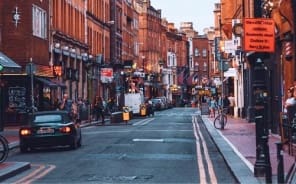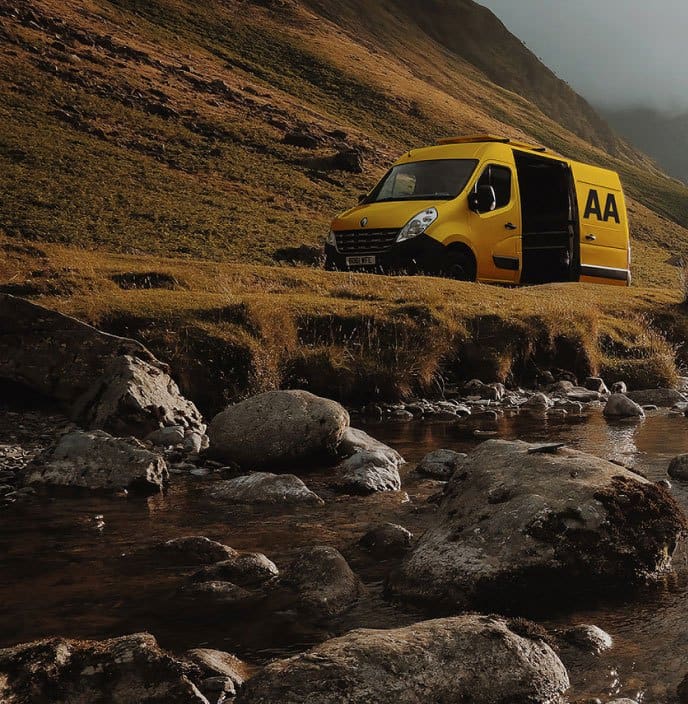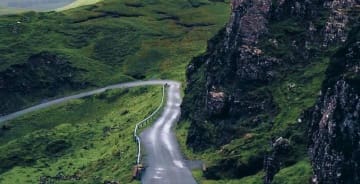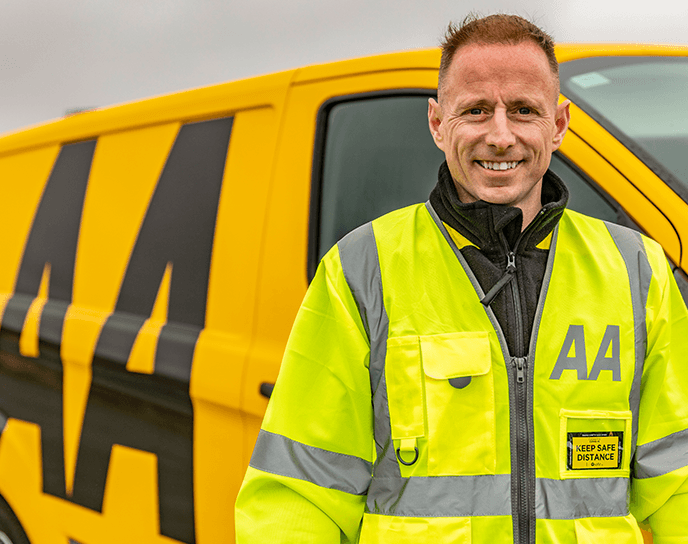Touring tips
Drinking and driving: Maximum permitted level of alcohol in the bloodstream is 0.049 per cent. If the level of alcohol in the bloodstream is between 0.05 and 0.08 per cent you will be banned from driving for three hours and issued an on the spot fine of €137.50. If you refuse to pay the fine, the public prosecutor will prosecute and impose a fine up to €2,750. 0.08 per cent or more an on the spot fine of up to €550 and a ban from driving for at least six hours; if prosecution (more than 0.15 per cent) fine up to €11,000 and a licence suspension up to five years. However, if you have held your licence for less than two years an on the spot fine will not be imposed, you will automatically be prosecuted.
Driving license: Minimum age at which an Irish driving license holder may drive temporarily imported car and / or motorcycle 18.
Fines: On-the-spot. The officer collecting the fine must issue an official receipt showing the amount of the fine. Motorists can refuse to pay an On-the-spot can be issued.fine. A foreign motorist refusing to do so may be invited to make a consignation (deposit) and if he does not pay a deposit his vehicle will be impounded, by the police and permanently confiscated if the deposit is not paid within 96 hours. The amount of the deposit is the same as the on the spot fine. Fines can be paid for in cash euros or debit / credit card.
Fuel: Unleaded petrol (95 and 98 octane), diesel and LPG available. No leaded petrol (anti-wear additive available). Petrol in a can is permitted, but forbidden aboard ferries. Credit cards are accepted at filling stations; check with your card issuer for usage in Belgium before travel.
Lights: Dipped headlights should be used in poor daytime visibility.
Motorcycles: Use of dipped headlights during the day is compulsory. The wearing of crash helmets is compulsory for both driver and passenger.
Motor insurance: Third-party compulsory. The police can impound an un-insured vehicle.
Passengers/children in cars: Children under 18 and less than 1.35m must use a suitable child-restraint system whether seated in the front or rear seat of a vehicle. Exception: When two child restraint systems are being used on the rear seats and there isn’t adequate room to place a third child restraint system, then the third child may travel on the back seat protected by the adult seat belt. A child under three cannot be transported in a vehicle without a child seat/restraint. It is prohibited to use a rear facing child seat on a front seat with a frontal airbag unless it is deactivated.
Seat belts: Compulsory for front / rear seat occupants to wear seat belts, if fitted.
Speed limits: Standard legal limits, which may be varied by signs, for private vehicles with or without trailers. In built-up areas up to 50 km/h, outside built-up areas 90 km/h and on motorways and dual carriageways separated by a central reservation 120 km/h.
The minimum speed on motorways 70km/h.
A limit of 30 km/h may be indicated at the entrance to a built up area.
Vehicles with spiked tyres must not exceed 60 km/h on normal roads and 90 km/h on motorways / dual carriageways.
Compulsory equipment in Belgium
-
Reflective jacket – Drivers stranded on a Belgian motorway or on a major road (usually four-lane roads, called ‘route pour automobiles’ – sign E17), stopping on places where parking is not allowed, must wear a reflective safety jacket as soon as they leave their vehicle. A fine for non-compliance €50 is applicable, but the amount can be much higher (€55 – €1,375) if the driver refuses to pay or in a circumstance where the driver has to go to court (for example in the event of an accident).
-
Warning triangle – Compulsory for vehicles with more than two wheels.
Other rules/requirements in Belgium
First-aid kit and fire extinguisher recommended as their carriage is compulsory for Belgian-registered vehicles.
The majority of roundabouts have signs showing that traffic on the roundabout has priority. If there is no sign present, (very few roundabouts) traffic joining from the right has priority.
A new road sign has been introduced banning the use of cruise control on congested motorways and can also appear during motorway road works.
A white disc bordered in red, bearing the word ‘Peage’ in black indicates that drivers must stop. The Dutch word ‘Tol’ sometimes replaces ‘Peage’.
Any vehicle standing must have its engine switched off, unless absolutely necessary.
A car navigation system with maps indicating the location of fixed speed cameras is permitted but equipment which actively searches for speed cameras or interferes with police equipment is prohibited.
The police can impound a vehicle with an unsafe load.
Spiked tyres are permitted from the 1st November until the 31st March on vehicles weighing up to a maximum of 3.5tonnes. Snow chains are only permitted on snow or ice covered roads. Winter tyres are permitted from the 1st October until the 30th April, a lower speed limit needs to be adhered to and the maximum design speed for the tyres displayed on a sticker on the dashboard.
Vehicles with spiked tyres must display at the rear a white disc with a red reflectorised border showing the figure “60”, when the spiked tyres are applied.
The majority of level crossings in Belgium are equipped with cameras. Crossing a level crossing when not permitted to do so i.e. when the lights are red carries a fine of up to €2250.
This information should be read in conjunction with general advice for motoring in Europe.
Toll Prices
(Currency: Euro)
Belgian motorways will be tolled from 2013 onwards and a barcode tolling system is likely to be introduced. All cars will be taxed and hauliers will be hit by tolls by the kilometer.




